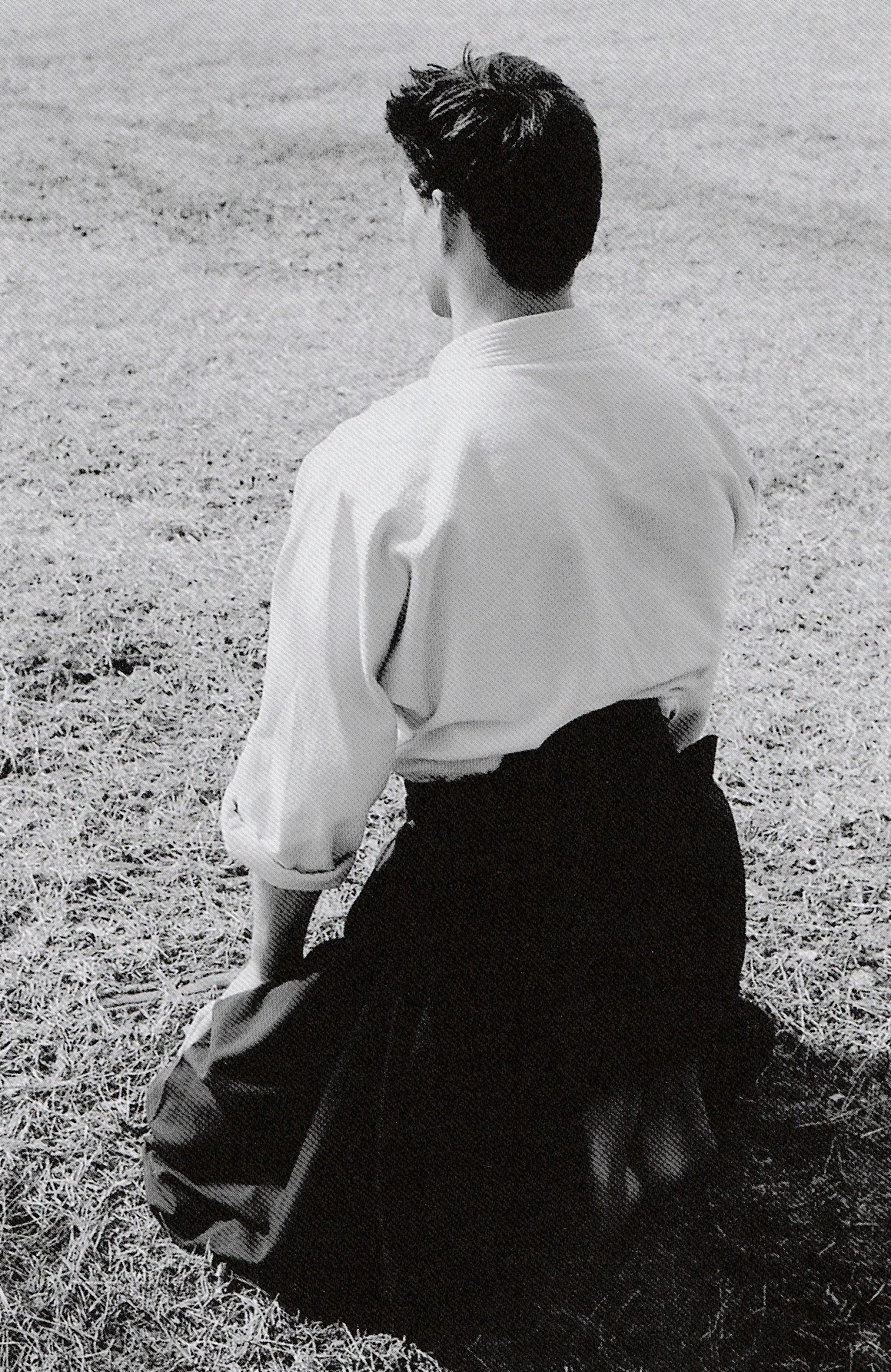Conclusion
|
This is not the end. It is not even the beginning of the end. But it is, perhaps, the end of the beginning. Winston Churchill --------------------------------------------------- Ultimately, everything the student knows depends upon the self, over and above whoever they study under. Good teachers are needed for guidance early on, but beyond that, it is the self that needs to take control and direct training. Of course, it helps if there is a good teacher at hand. Having learned basic movements and techniques, you have to dissect, criticise, and rationalise everything and reassemble it all in such a way that it makes sense, yet remain ever open to new ideas. You have to make the techniques your own through a combination of hard training and careful research. Hard training and no thinking or sporadic training and deep thinking are both recipes for slow development. The only way forward is to train hard and to seek to understand.
|
|
There is no end ... |
 |

